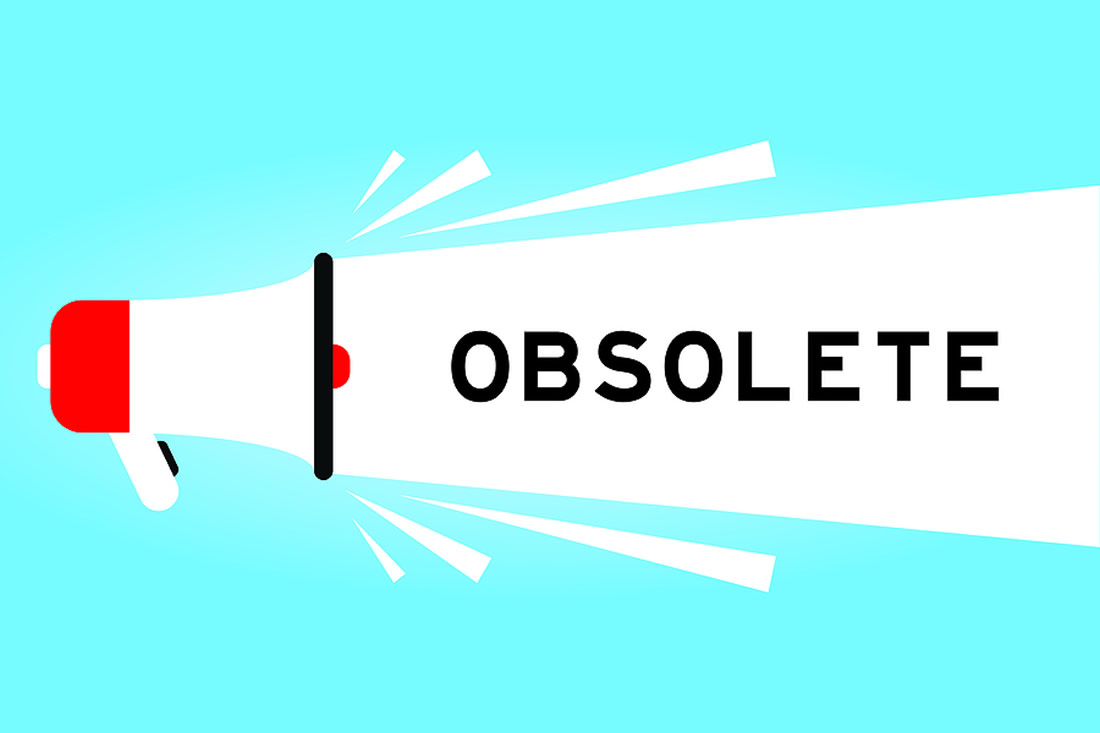Is the Donor Pyramid (Gift Range Chart) Becoming Obsolete?

Every few years, an article comes out about how the donor pyramid is dead or doesn’t work or worse — is injurious to the field.
Recently, in an article by Drew Lindsay in the Chronical of Philanthropy, this classic fundraising tool is once again under attack.
And once again, let me set the record straight. The donor pyramid, or Gift Range Chart as we refer to it at Capital Campaign Pro, is still alive and well and continues to be an important tool in a fundraiser’s quiver.
The fact that some people in the fundraising field don’t use it is less an indication that this tool has run its course and more an indication that they simply don’t understand what it is and why it works.
The Donor Pyramid — Obsolete or Essential?
In Lindsay’s article, some of the experts quoted misunderstand the use and value of this important fundraising tool, applying it in situations where it should not be used.
As you probably know, I’m in the capital campaign business. And by design, that type of fundraising focuses intensely on the largest of gifts. In a recent survey of nearly 300 organizations, Capital Campaign Pro confirmed the top-heavy nature of capital campaigns. Across the survey, on average, 71% of the campaign goal came from the top twenty gifts!
For capital campaigns, donor pyramids (gift range charts) are a primary tool — not because they track the trajectory of a donor’s growth from small gifts up to mid-level and then major gifts… they don’t! They are a primary tool because they show the number of gifts that will be required to reach the goal following a reasonable pattern of gifts.
The Pareto Principle
Donor pyramids or gift range charts are a reflection of the Pareto Principle. Pareto, an 18th Century economist gained acclaim that persists today by pointing out the following:
In many endeavors 20% of the effort yields 80% of the return.
In fundraising, we often refer to this as the 80/20 rule. The pattern of a gift range chart roughly reflects that rule.
2 Ways the Donor Pyramid Works Great for a Capital Campaign
A donor pyramid or gift range chart is a simple tool that works well in two important ways for capital campaigns.
1. Gift Levels Provide Structure and Clarity for the Campaign
First, it helps make actionable sense of a campaign goal. Break the goal down into gift levels and amounts that approximately reflect the 80/20 rule, and you will have a reasonable pattern of gifts you will need for a successful capital campaign.
The staff can use that chart to create a plan, adding names of potential donors to the required gifts at each level and then using the pattern to order the solicitation of gifts from the largest potential gifts down to the smallest.
Gift Levels Support Building Strong Donor Relationships
The articles that condemn the donor pyramid falsely convey the notion that using gift levels as an organizing principle keeps you from focusing intensely on building donor relationships. In the capital campaign field, that’s certainly not true.
In fact, most of the prospective donors identified at the upper level are people who have the strongest connection with the organization. The approach to those top-level donors rests on their connection and commitment — not the gift level.
Selecting donors by giving level is simply a clear and effective organizational principle that makes efficient use of staff time. What’s more, using the gift chart to determine the order of solicitation is an exceedingly effective way of building excitement, credibility, and confidence in the campaign’s potential for success.
2. Gift Levels Give Donors a Sense of How they Fit in the Community
There’s also another important aspect to the donor pyramid.
We have found over many years that this tool not only helps the staff be organized and strategic, but that seeing the pattern of gifts needed for the campaign also helps donors position themselves in a broader community of donors. And for many donors, that is helpful.
Gift Levels Help Donors Define Giving in their Own Terms
When a donor is asked to contribute to a capital campaign, they want to see where their giving fits. Some donors consistently prefer to be toward the top of the pack. Others generally see themselves as being in the middle or toward the bottom. While that choice may reflect a donor’s capacity to give, it can also reflect where they see themselves as givers within that particular community.
We find that many donors ask to see the donor pyramid when considering their gift to a campaign. They make their giving decision in part based on where they fit in the larger community of donors.
Don’t Needlessly Ditch the Donor Pyramid
So, don’t be too quick to ditch the donor pyramid! It may not be the end-all and be-all for every aspect of fundraising. But when it comes to capital campaigns, it is indeed a valuable tool. It isn’t likely to be going away any time soon.
What Do You Think?
Do you have criticism or praise for the donor pyramid? We’d love to hear from you in the comments below.
Free Capital Campaign Resources
Check out the many free campaign resources we offer to help you get a handle on your capital campaign.



Okay, I agree with you Andrea. Despite being one of the folks who’ve been casting aspersion on the donor pyramid for some time. 😉
However, maybe we could call this the “Capital Campaign Table of Gifts?”
Because what you’re talking about is really about math, as opposed to trying to get folks to climb up a ladder from first, to second, to third…. to ultimate legacy gift. It’s the ladder, or pyramid, climbing mentality that gets fundraisers in trouble. Because that’s when a loyal mid-level donor, who also happens to volunteer regularly, ran a P2P campaign that brought in 10 new donors, regularly comments on your blog posts, signed your petition and sent it to her entire social network, is still treated more shabbily than their major donor counterpart. It’s too linear an approach in a multi-channel world.
I get it. Psychologically, there are donors who may like to see themselves at the pinnacle. Still, I’d rather just talk it through and let a donor ask what we’re looking for. I can tell them the goal, what we need for a lead gift, and how many other trailblazer or founder gifts are needed; then ask if they might consider a gift in those ranges. I’d rather do that than show them the tip of a mountain they may never reach. Anyway… I’m okay with math!
Thanks Claire, for your comment and insights! I’m so glad we agree about this. And yes, I do think of as a Campaign Table of Gifts or Gift Range Chart rather than a donor pyramid.
Different donors and different solicitors have different styles and preferences. Good to understand them all so we can use what’s appropriate.
With appreciation!